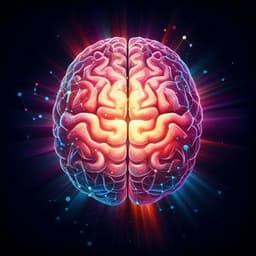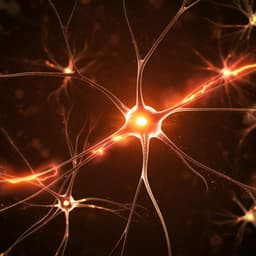
Psychology
Transcranial Alternating Current Stimulation (tACS) and Its Role in Schizophrenia: A Scoping Review
V. S. Sreeraj, H. Pathak, et al.
Discover the intriguing effects of transcranial alternating current stimulation (tACS) on schizophrenia. This scoping review by Vanteemar S Sreeraj, Harsh Pathak, and Ganesan Venkatasubramanian highlights promising reductions in hallucinations and delusions, as well as improvements in cognitive deficits. Don't miss the potential of this innovative research!
~3 min • Beginner • English
Related Publications
Explore these studies to deepen your understanding of the subject.







